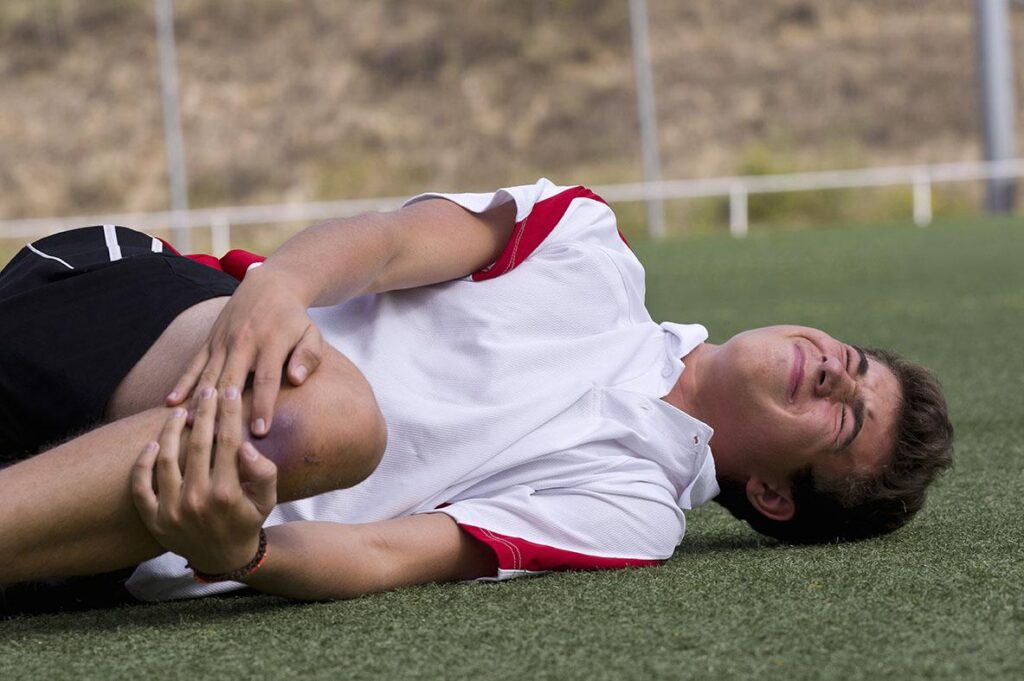Most Common High School Sports Injuries Highlighted by AdventHealth
As high school sports continue to play a significant role in student life across the nation, the risk of injuries on the field and court remains a pressing concern. AdventHealth has recently shed light on the most common sports-related injuries affecting high school athletes, emphasizing the importance of awareness, prevention, and timely treatment. Understanding these prevalent injuries can help educators, coaches, parents, and students take proactive steps to ensure safer participation in competitive and recreational sports alike.
Common High School Sports Injuries and Their Causes
High school athletes frequently contend with a variety of injuries, many stemming from the intense physical demands and often inadequate conditioning or improper technique. Among the most prevalent are ankle sprains, which occur due to sudden twists or uneven playing surfaces, posing significant challenges to recovery and mobility. Additionally, knee injuries like ACL tears are common in sports involving rapid direction changes, such as soccer and basketball. Overuse injuries, including stress fractures and tendonitis, often arise when young athletes push their bodies beyond limits without proper rest or training adjustments.
Factors contributing to these injuries can be classified into internal and external causes. Internally, fatigue and muscle imbalances reduce the athlete’s ability to maintain proper form. Externally, poor equipment – including ill-fitting shoes and inadequate protective gear – heightens risk. Weather conditions, playing surface, and insufficient warm-up routines also play critical roles. Below is a quick reference table illustrating common high school sports injuries alongside their typical causes:
| Injury | Primary Causes | Common Sports |
|---|---|---|
| Ankle Sprain | Sudden twists, uneven ground | Basketball, Football |
| ACL Tear | Rapid direction changes, poor landing | Soccer, Volleyball |
| Concussion | Head impact, collisions | Football, Lacrosse |
| Stress Fracture | Overuse, repetitive strain | Track, Cross Country |
| Tendonitis | Repetitive motion, inadequate recovery | Baseball, Swimming |
How to Recognize Early Signs of Sports-Related Injuries
Early detection of injuries can significantly reduce the risk of long-term damage and help athletes recover faster. Pay close attention to subtle changes in performance and physical reactions during and after activity, such as persistent pain, swelling, or stiffness that doesn’t improve with rest. Watch for signs like limping, decreased range of motion, or unusual bruising. Athletes might also experience numbness, tingling, or muscle weakness-symptoms often overlooked but critical in assessing injury severity.
Key indicators to monitor include:
- Sudden sharp or throbbing pain during movement
- Swelling or redness around joints or muscles
- Visible deformity or misalignment of limbs
- Reduced strength or coordination on one side
- Persistent fatigue or decrease in athletic performance
| Symptom | Possible Injury | Recommended Action |
|---|---|---|
| Sharp knee pain & swelling | ACL strain or tear | Immediate rest and consultation |
| Wrist tenderness | Sprain or fracture | Ice and medical evaluation |
| Persistent muscle soreness | Overuse injury | Reduced activity and physical therapy |
| Numbness or tingling | Nerve compression | Professional examination |
Effective Treatment Options Available at AdventHealth
At AdventHealth, athletes recovering from injuries receive individualized care tailored to the severity and type of their condition. From non-invasive interventions like physical therapy and bracing to advanced surgical procedures, the healthcare team employs cutting-edge technology to ensure optimal recovery. Emphasis is placed on restoring function quickly while minimizing downtime, allowing high school athletes to safely return to the field or court.
Key treatment modalities include:
- Regenerative medicine: Techniques such as platelet-rich plasma (PRP) and stem cell therapy to accelerate healing.
- Minimally invasive surgery: Arthroscopic procedures reduce pain and speed up rehabilitation.
- Comprehensive rehabilitation programs: Customized strength and conditioning regimens to prevent re-injury.
- Sports-specific injury management: Expertise in treating common injuries like ACL tears, ankle sprains, and concussions.
| Treatment Type | Typical Recovery Time | Common Applications |
|---|---|---|
| Physical Therapy | 4-8 weeks | Sprains, strains, minor fractures |
| Arthroscopic Surgery | 6-12 weeks | Meniscus tears, ACL reconstruction |
| Regenerative Medicine | Variable (3-8 weeks) | Tendonitis, cartilage injuries |
| Comprehensive Rehabilitation | Ongoing (4-12 weeks) | Post-surgical recovery, reconditioning |
| Concussion Management | Variable (1-4 weeks) | Mild to moderate concussions |
Preventative Measures to Keep Student Athletes Safe
Ensuring the well-being of young athletes requires a proactive approach that combines proper training, adequate rest, and awareness of individual physical limits. Coaches and trainers should emphasize *proper warm-up routines* and *cool-down exercises* to enhance flexibility and reduce muscle strain. Additionally, equipping athletes with the right protective gear-such as helmets, mouthguards, and supportive braces-can drastically minimize the risk of injuries. Incorporating regular conditioning programs that build strength and endurance prepares students’ bodies for the physical demands of their chosen sport, reducing the likelihood of falls, sprains, and fractures.
Education plays a pivotal role in safety protocols. Athletes, parents, and staff must be trained to recognize early signs of injury or overuse, and to prioritize immediate attention rather than pushing through pain. Below is a snapshot of essential preventative measures every school should enforce:
| Measure | Benefit |
|---|---|
| Pre-Participation Screening | Identifies underlying health issues early |
| Hydration Protocols | Prevents heat-related illnesses |
| Skill & Technique Training | Reduces risk of improper movements |
| Scheduled Rest Periods | Allows muscle recovery, prevents burnout |
Concluding Remarks
As participation in high school sports continues to grow, awareness of common injuries remains crucial for athletes, coaches, and parents alike. By recognizing the typical risks outlined by AdventHealth experts, schools and communities can take proactive steps to enhance safety protocols and ensure timely treatment. Ongoing education and preventative measures are key to protecting young athletes and supporting their long-term health on and off the field.





